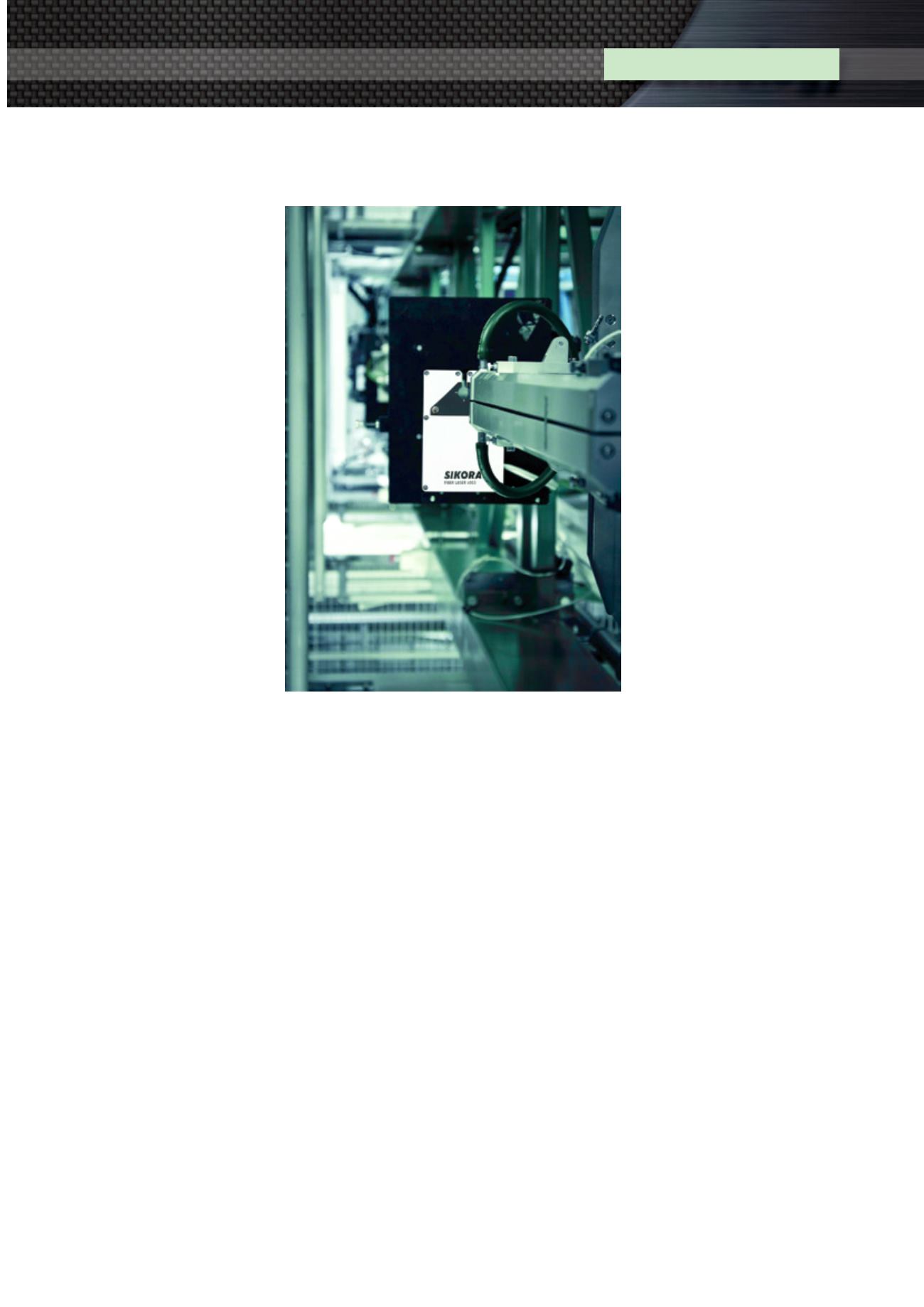

41
www.read-wca.comWire & Cable ASIA – November/December 2014
Technology
news
WHETHER
sending
emails,
making phone calls, watching
television or being online, it is
more than likely that the data is
being
transferred
via
the
international
subsea
cable
network.
More than one million kilometres
of optical fibre cables are laid in
subsea cables in the oceans.
Therefore, subsea cables are the
main carriers of the international
data transfer. The transferred
amount of data can be
sometimes up to 1 terabit per
second, which exceeds the
performance of communication
satellites.
Subsea cables often lie in great
water depths of several thousand
metres and have to be especially
robust as well as built to a high
quality standard, due to the
extensive technical maintenance.
Damages that, for instance,
occur because of breakdowns
due to contaminated material,
can be very costly. For this
reason, manufacturers of subsea
cables have extremely high
demands
on
the
cable
production.
The aim is to produce long
cable lengths of high quality
whenever possible in one piece to
avoid joints under water, which are
prone to disturbances. The demand
on quality starts at the production
process of optical fibres, which are
built into a subsea cable for data
communication. Every fault found
during production of optical fibres
which, therefore, does not reach the
customer, contributes to the reliability
of the product.
For this reason, the continuous quality
control of the optical fibre is ensured
during production of the fibre in the
drawing tower by the use of innovative
measuring and control technologies at
different production stages.
During the fibre drawing process,
Sikora
measuring
devices,
in
connection with display and control
devices, are used in different positions
to control the optical fibre parameters.
Typically, a first gauge head, the Fiber
Laser 6003, is installed below the draw
furnace to measure the diameter and
position of the uncoated fibre. The
gauge head calculates the tension
from the vibration of the fibre with fast
fourier transformation (FFT). The single
values of the fibre position are
graphically visualised by the processor
system Fiber Ecocontrol in the form of
a scatter plot and are available by
Ethernet.
The laser measuring process ensures a
measuring accuracy of 0.05µm at a
repeatability
of
0.02µm.
2,500
measurements per second, with high
single value precision and a short
exposure time of 1.2µs, guarantee
constant accuracy at the highest level.
A second laser-gauge head measures
the cold diameter of the optical fibre
and the spinning after cooling and
before coating.
A control is performed either by the hot
or cold gauge head. Additional devices
also detect airlines in the optical fibre
and give information about the
temperature of the optical fibre.
There is a risk during production
of the preform that air is being
trapped and which, when drawn,
becomes stretched air pockets,
so called airlines. These airlines
damage the quality of the optical
fibre and, therefore, must be
detected. Sikora has developed
the FiberLaser 6003 Airline. With
2,500 measurements per second,
this device reliably detects
airlines in the fibre with a
diameter from 0.5µm.
Before the acrylate layers are
applied onto the fibre during the
coating process, the exact
measurement of the optical fibre
temperature is important. In order
to achieve an optimal bonding of
the coating and the fibre, the
temperature of the fibre should
be between 40°C and 75°C.
Manufacturers use the inert gas
helium for cooling. Often
manufacturers use more helium
than necessary to ensure that the
fibre is not too hot for the
coating. At this position, Sikora
offers the Fiber Laser 6003 Temp,
which measures precisely and
reliably the temperature of the
optical fibre after cooling. With
the information about the fibre
temperature, the optical fibre
manufacturer can use the exact
amount of helium that is needed.
After the fibre has received the coating
and has gone through the UV drying
process, a further Fiber Laser 6003
again measures the diameter. After the
coating, the diameter usually measures
about 250µm.
In addition to diameter measurement,
lump detectors are used for a
continuous quality control in drawing
towers. After the coating and at the
end of the drawing process, the 3-axis
Fiber Lump 6003 reliably measures
lumps with a length of 500µm.
Due
to
the
growing
quality
requirements on the optical fibre
market, Sikora also offers the Fiber
Lump 6003 Micro. The device detects
faults from a length of 50µm on the
optical fibre surface up to 100 per
cent. This performance is achieved by
the use of six measuring axes.
Sikora AG – Germany
Website
:
www.sikora.net1m kilometres of optical fibre cables in the ocean
❍
The Fiber Laser 6003 measures the diameter of the
optical fibre in the drawing tower

















